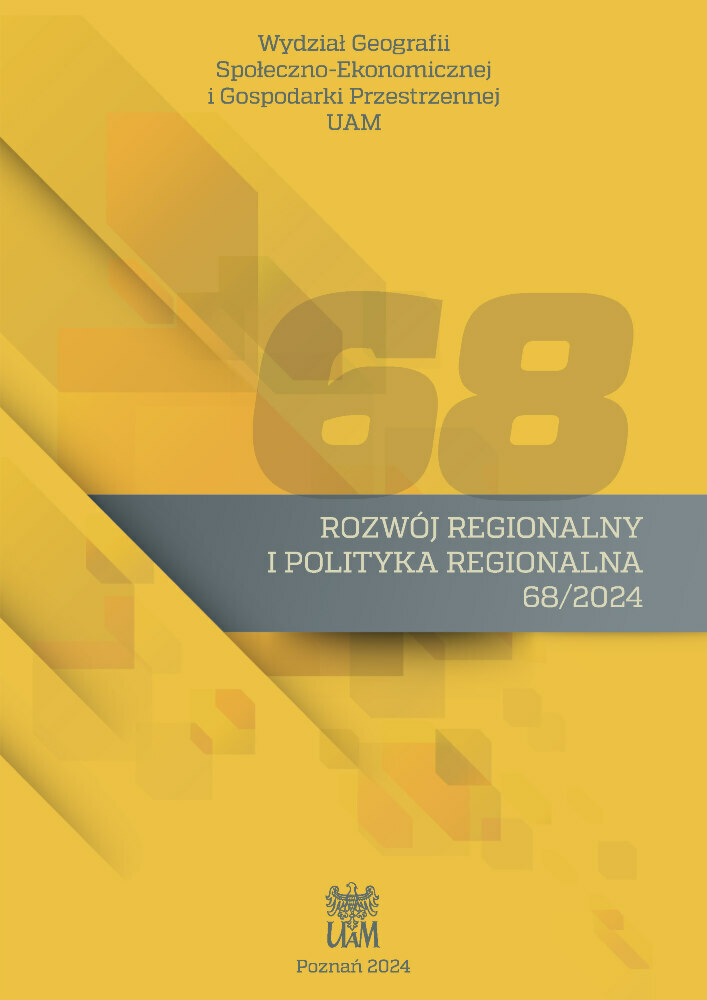The evolution of a post-socialist satellite city in Central Europe. A historical and socio-spatial case study of Luboń near Poznań (Poland)
The evolution of a post-socialist satellite city in Central Europe. A historical and socio-spatial case study of Luboń near Poznań (Poland)
Author(s): Marek Nowak, Anna Bernaciak, Anna WieczorekSubject(s): Public Administration, Social development, Rural and urban sociology, Economic development, Public Finances, Socio-Economic Research
Published by: Uniwersytet Adama Mickiewicza
Keywords: satellite city; post-socialist city; urban space; evolution; Luboń;
Summary/Abstract: The aim of the article: The evolution of a post-socialist satellite city in Central Europe. A historical and socio-spatial case study of Luboń near Poznań (Poland) is a socio-economic and spatial analysis of the development process of a satellite city with an industrial and agricultural core located in Central Europe.Luboń is a city founded in 1954, which allows to trace the entire process of its devel-opment, based on the research methods used, including statistical data on changes in, among others, population numbers, as well as spatial data based on georeferencing of photographic images of archival maps of the City of Luboń. The methods used as the way of describing and analyzing the history of the city were inscribed in the philosophy of the evolutionary approach referring to the dynamics of change and the complexity of development processes and their imbalance.The authors of the article formulate answers of three research questions: (1) how did the industrialization origins and socio-spatial alterations shape satellite city contemporary form? (2) how was its spatial form affected by the de-industrialization process of the first decade after 1989? (3) how has the city changed under the demographic and suburbani-zation pressure of its larger neighbour over the years?The article also contains elements of historical analysis, reconstructing urban dynamics. It also includes elements of conceptualisation based both on genetic studies of the con-cept of “new cities”, but also on assumptions present in Soviet urban planning thought, which was a direct inspiration for the solutions of the 1950s.The generalizations, after answering the research questions, proposed in the conclusion indicate the existence of the state of crisis and invite to discuss the dynamics of the phenomena of metropolisation from the point of view of peripheral participants of the process.
Journal: Rozwój Regionalny i Polityka Regionalna
- Issue Year: 2024
- Issue No: 68
- Page Range: 119-137
- Page Count: 19
- Language: English

